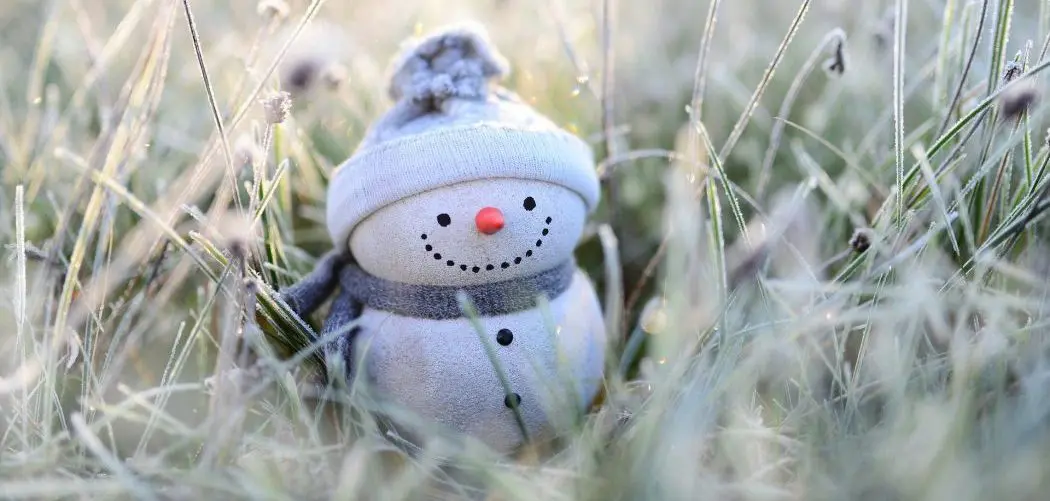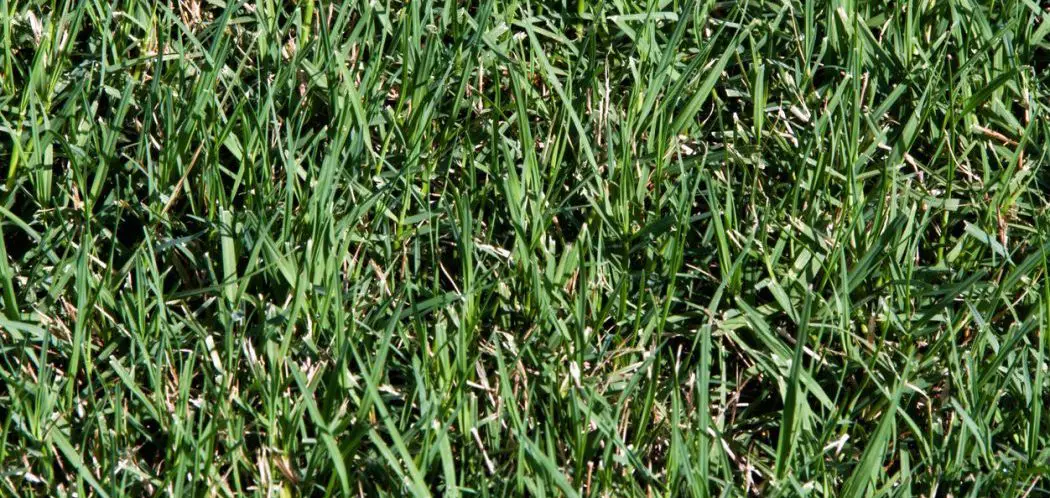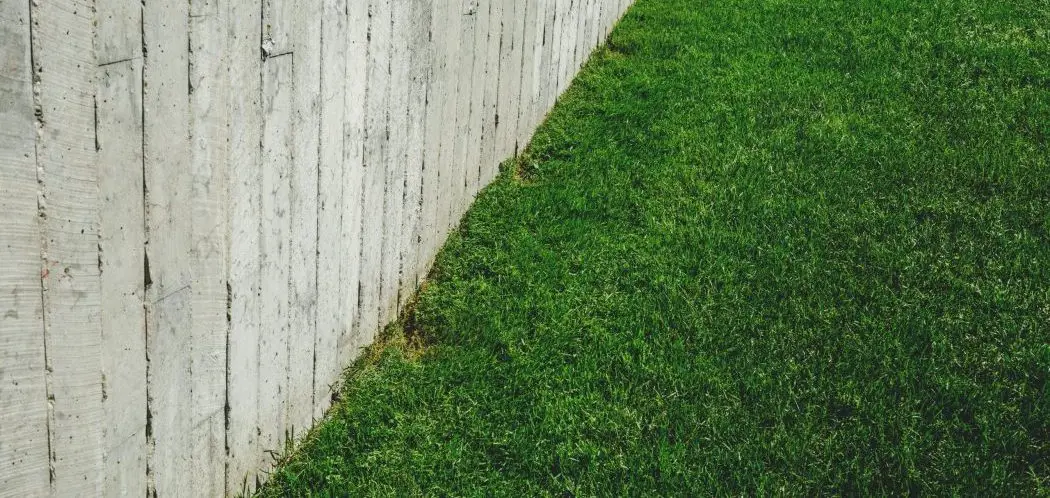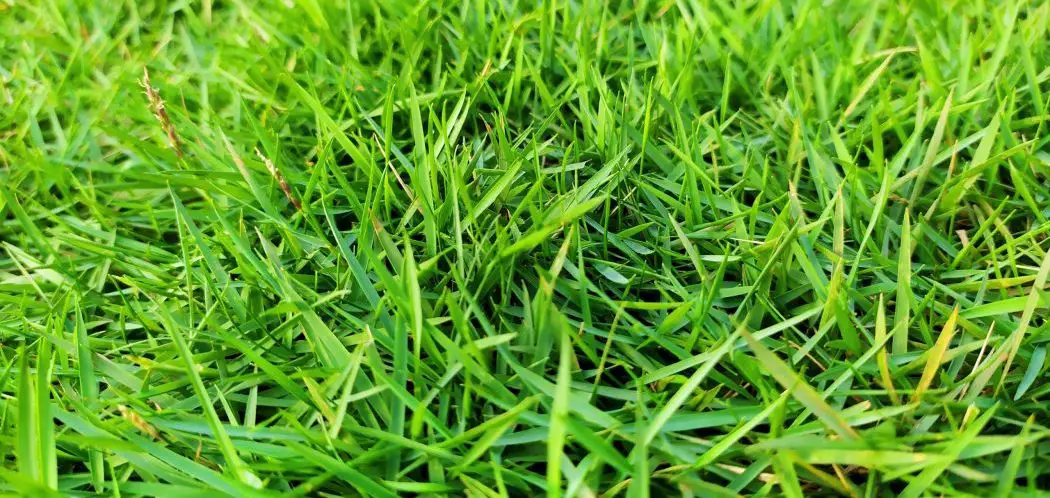Does grass die in winter? For u lot of us with warm season grass, our lawns can go dormant in winter. This means that the grass goes brown and loses its green touch. In this article we’ll discuss why your lawn loses its color in winter. We’ll also include some lawn care tips in order to minimize the effect of this and keep your grass looking greener this winter.
While it is possible for your grass to die in winter, a brown lawn doesn’t always mean that your grass is dead! Once the conditions improve and the ground temperature starts to pick up, your grass can turn back to nice green color again.
Why Do Summer Lawns Lose Their Green Color?
To answer these questions, we need to rewind back to science class. Photosynthesis holds the key to why our lawn stay snice and green in summer.
In order for a plant to conduct photosynthesis, it has to have three things:
- Sunlight
- Carbon dioxide
- Water
These are all needed for plants to survive and photosynthesize to produce the products glucose (sugars) and oxygen gas.
Throughout winter, direct sunlight is decreased and so this less photosynthesis occurs.
Grasses are generally separated into warm and cool season grass and this will affect how well your grass will survive in winter.
Let’s take a look at both!
What Is Warm Season Grass?
Warm season grasses are those that are able to tolerate the higher temperatures of summer. They are usually quite thick and provide a dense lawn cover. They generally stay green throughout most of the year except for the much cooler months. Some of the most common warm season grasses include:
- St Augustine
- Bermuda
- Centipede
- Zoysia
Naturally they are more commonly found in warmer climates. These types of grasses tend to be brown in winter but as the ground temperature rises in the spring the grass tends to get green, darker and thicker.
Cool Season Grass?
Cool season grasses are types of grass that thrive in the cooler weather in spring and fall. They are much better suited to climate further north. Some of the most common cool season grasses include:
- Kentucky blue grass
- Perennial ryegrass
- Tall fescue
- Bentgrass
Although cool season grasses usually have a higher tolerance to the cold, they will usually turn brown during the warmer months. This means they may require a little extra watering and care during summer.
So now that we know why our lawns tend to go brown instead of green in winter, let’s take a look at how we can minimise the effect of those winter conditions in order to keep our lawn green as possible.
Winter Lawn Care Tips
- Keeping your lawn long will keep it greener throughout the winter. Mowing it higher allows for better photosynthesis and food supply to your lawn.
- Make sure your lawn is well fed in autumn – Fertilizer is like food for your lawn. Using the right amount of fertilizer will leave your lawn looking green and keep the blades nice and healthy as well. We recommend slow release fertilizer, they are going to be your best bet coming into winter
- Back off your watering quite a lot – This will largely depend on lot where you live but since temperatures remain quite low in winter, there will be less evaporation of the water in the soil causing it to hold the moisture for a lot longer. Only water you lawn in winter if it needs it.
- If you’re getting heaps of heavy snow, we recommend trimming your lawn right down. Snow sitting on you grass for a long period of time can cause diseases like snow mold (more of a cool season grass disease).
- Winter is the perfect time to spray out some of those weeds! Weeds can become a problem in winter. As your lawn goes dormant, the weeds can continue to grow. Your lawn will find it difficult to compete so it’s best to not let the weeds get out of control. The best thing you can do is treat the weeds as soon as they appear.
- Keeping trees and bushes cut back. Overgrown trees and bushes can increase the amount of shade and cause your lawn to die off. Planning ahead and pruning early will allow the most amount of sunlight to reach you lawn.
- Try using a natural lawn pigment. These can at least help the appearance a little.
In Summary – Does Grass Die in Winter?
As you can see there only several things you can to help your lawn in winter but overall, we recommend leaving your lawn to it!








